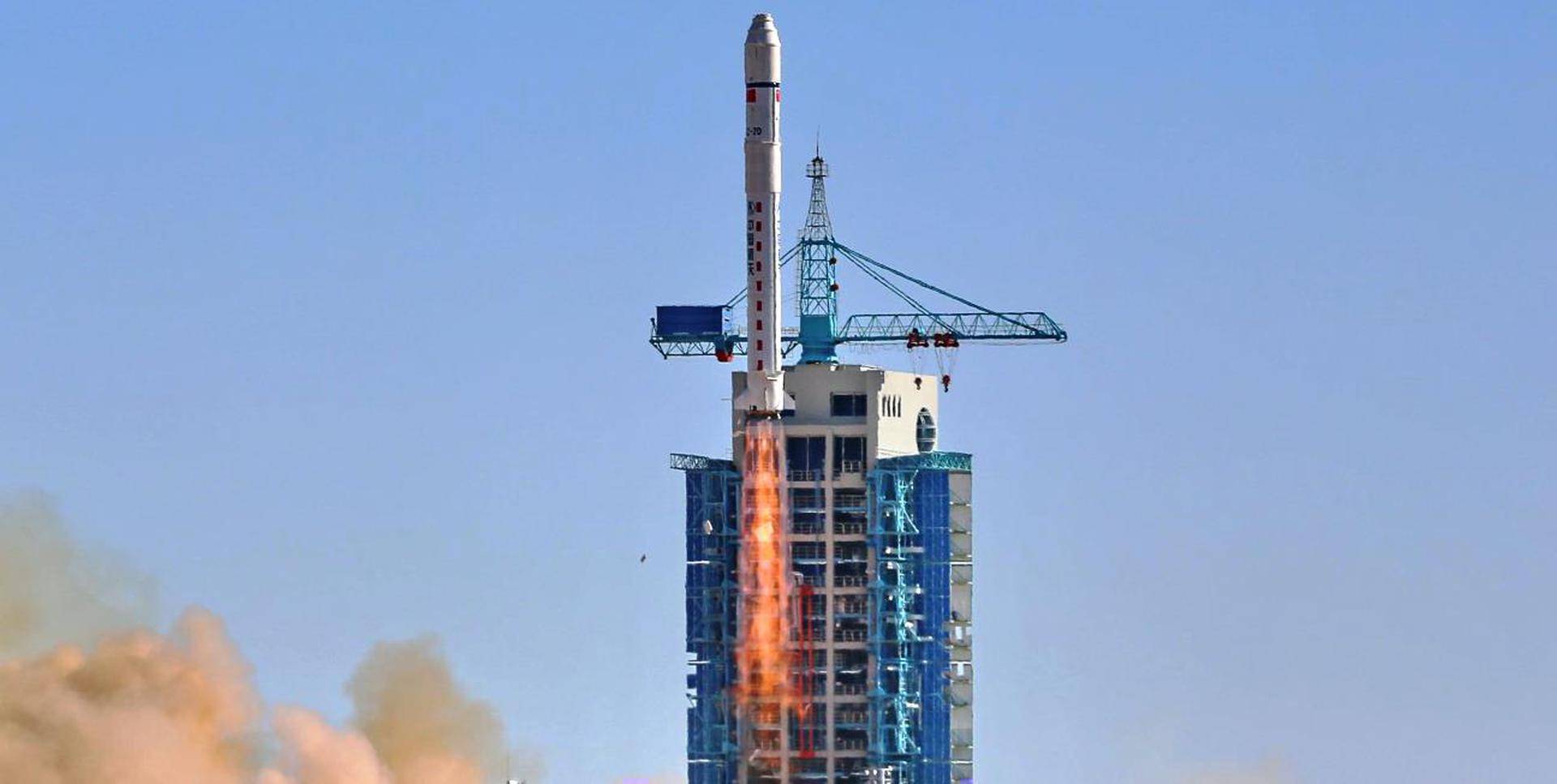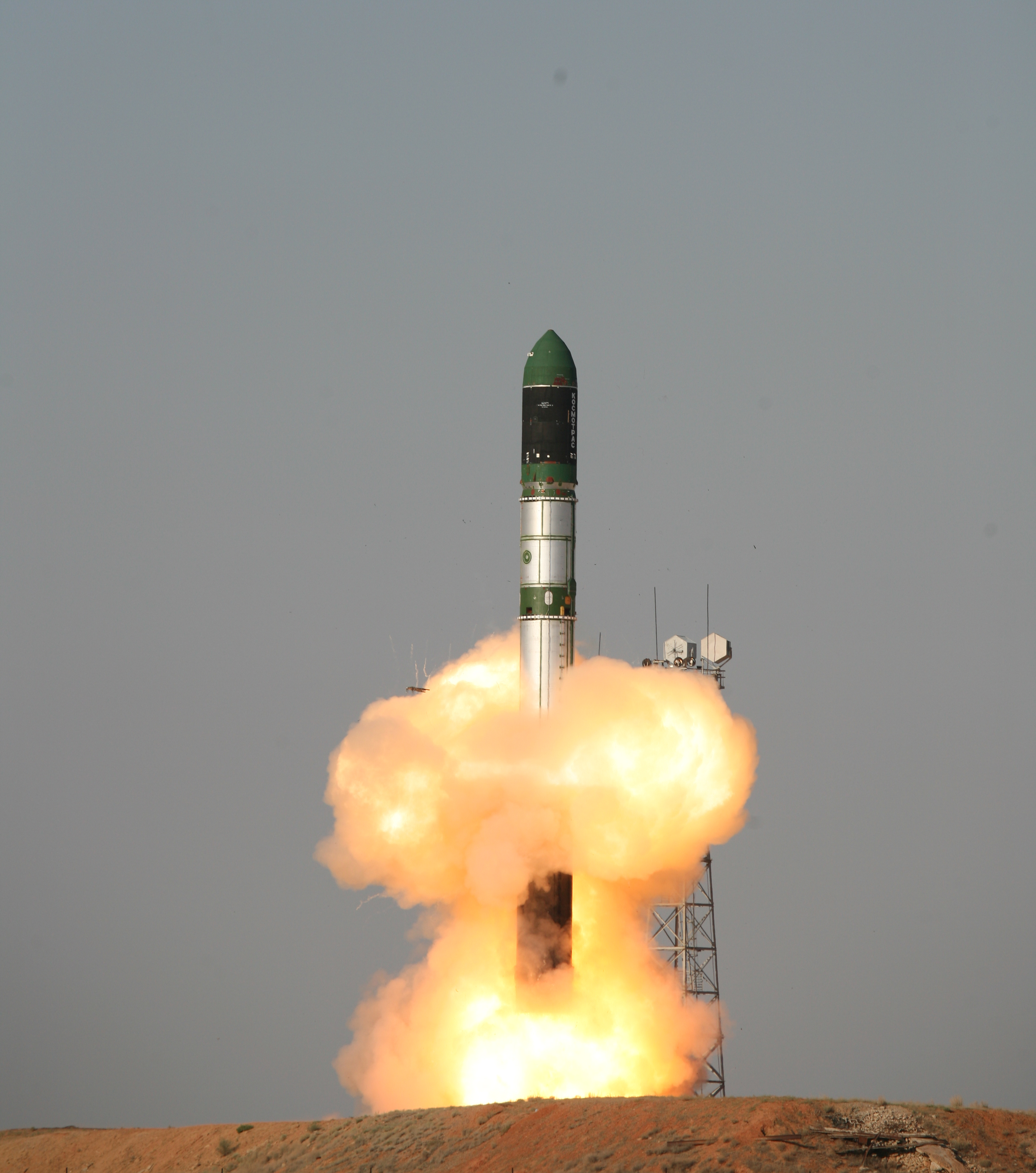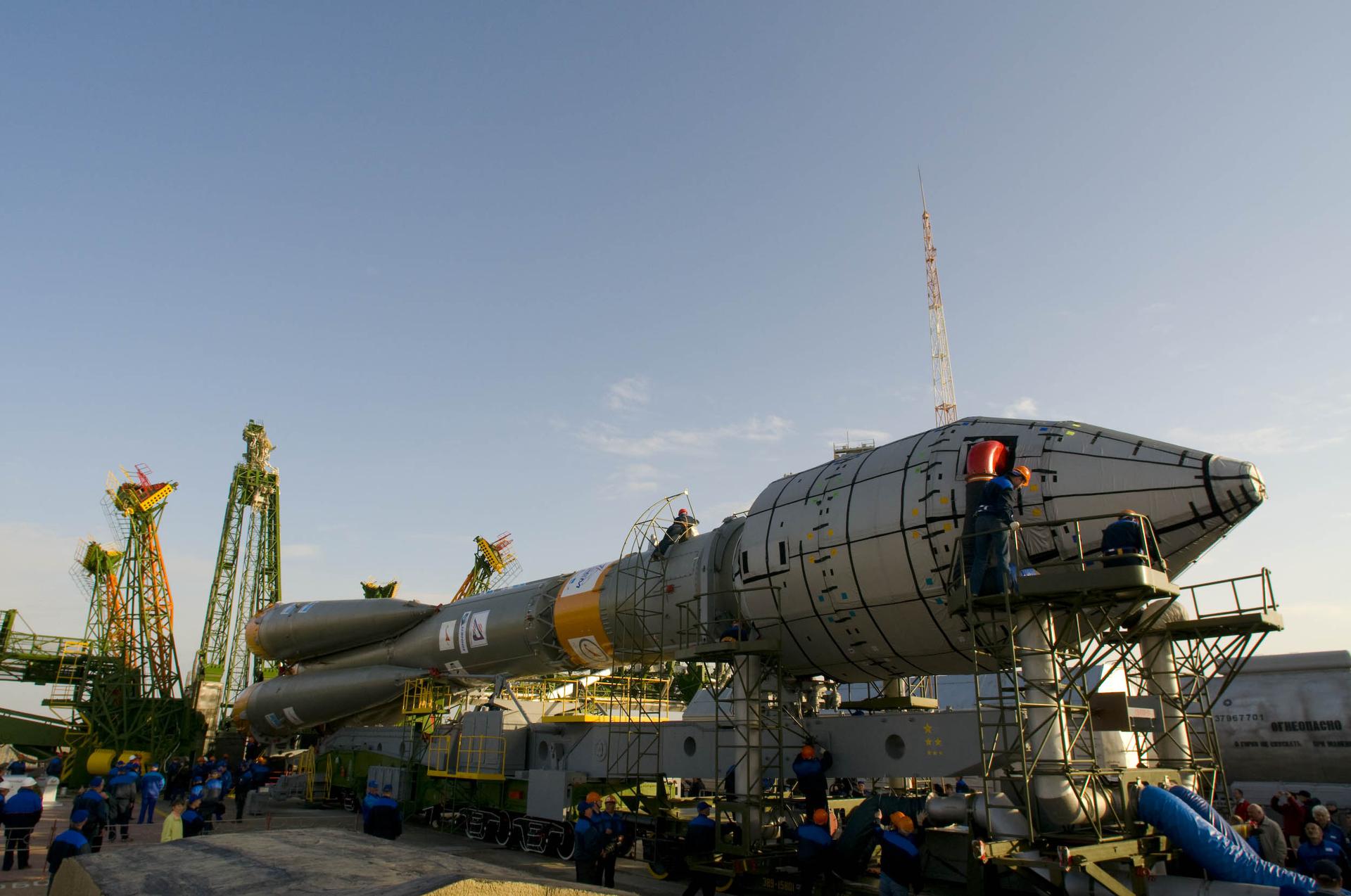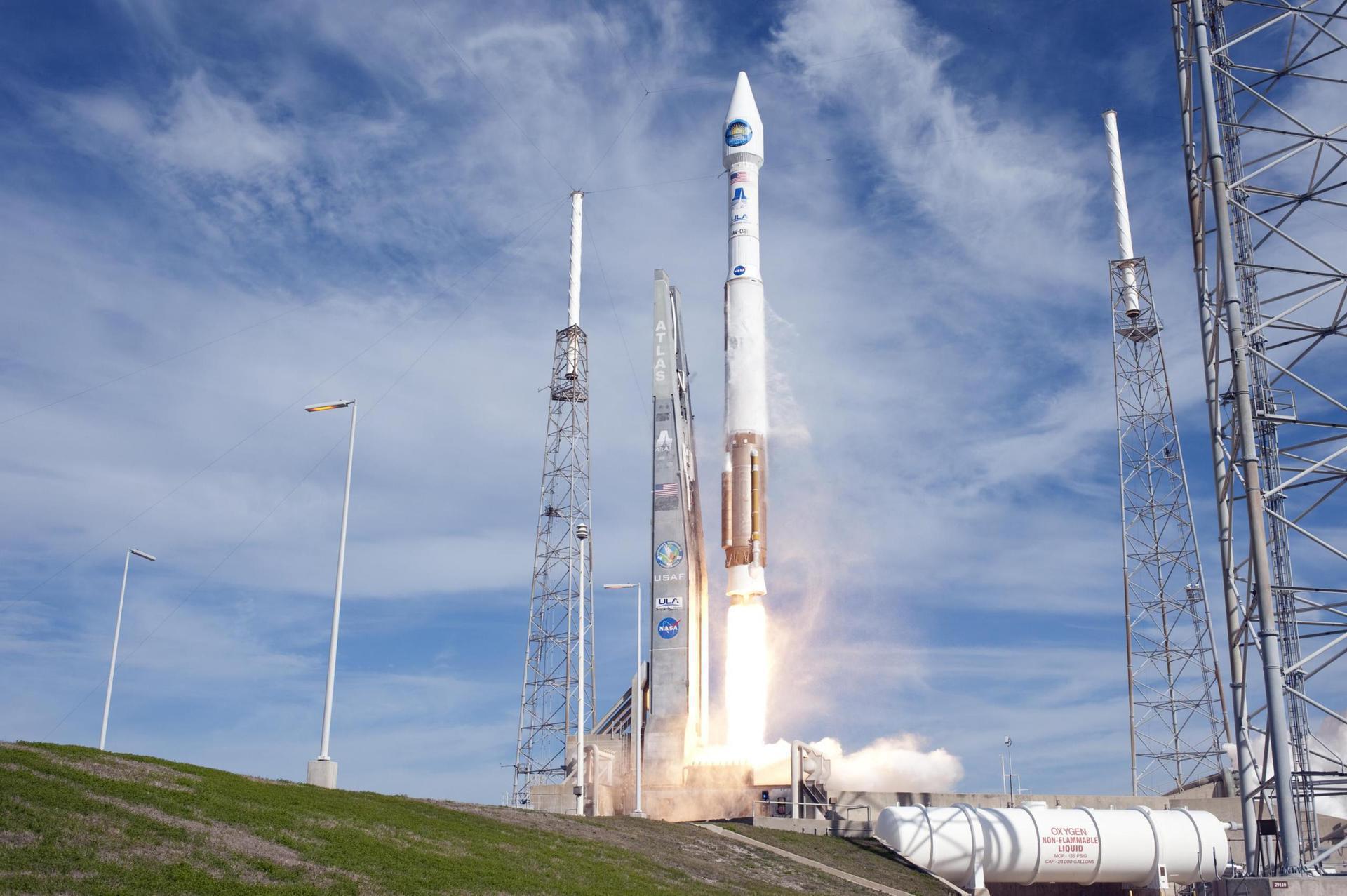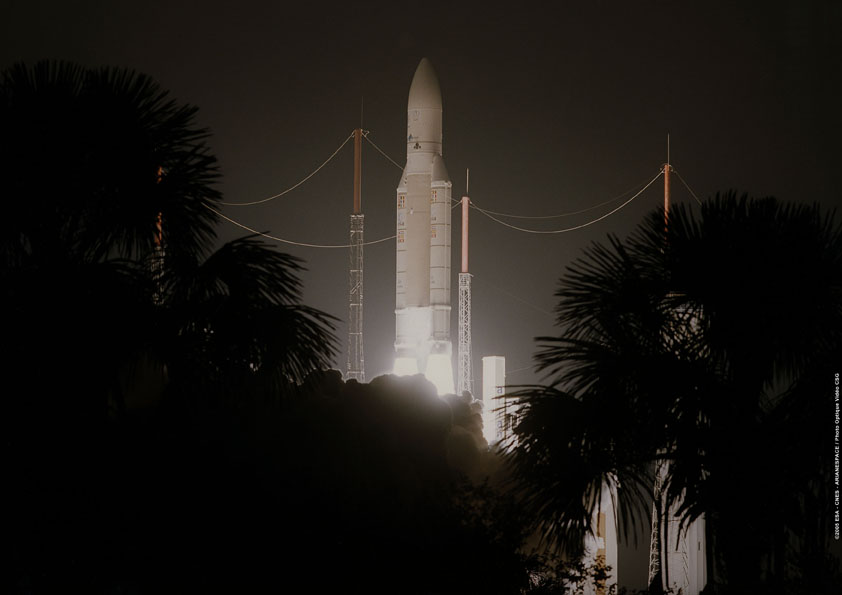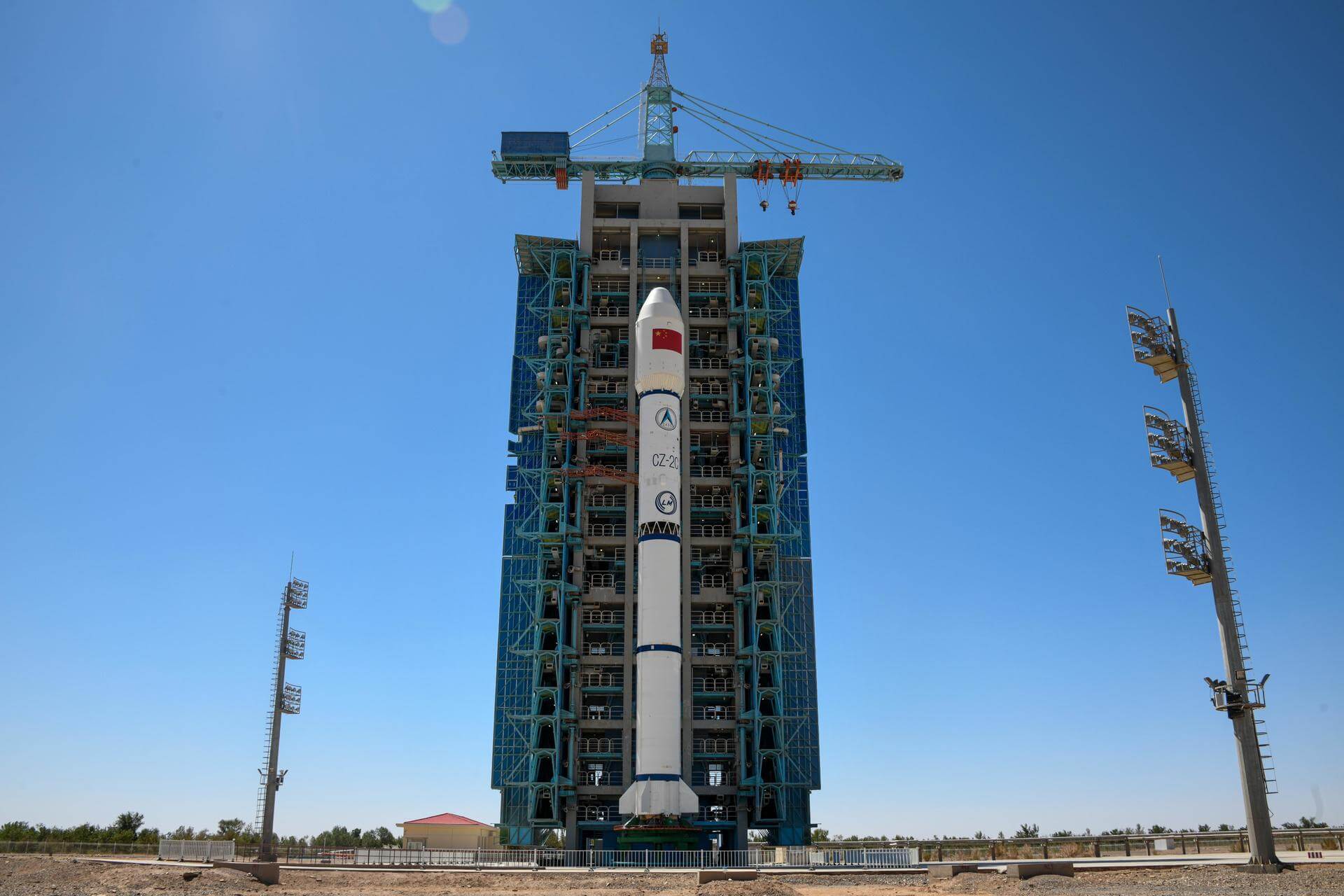Previous Spaceflight Launches
Filter by Agency, Locations or Vehicles
Show All LaunchesLong March 2D | Fanhui Shi Weixing (22)
China Aerospace Science and Technology Corporation | ChinaJiuquan Satellite Launch Center, People's Republic of China
Aug. 29, 2005, 8:45 a.m.
Rokot / Briz-KM | Monitor-E No. 1
Russian Aerospace Defence Forces | RussiaPlesetsk Cosmodrome, Russian Federation
Aug. 26, 2005, 6:34 p.m.
Status: Launch Successful
Mission:
Monitor-E had a set of remote sensing devices. They were intended to make maps of the Earth's surface to be used for ecological monitoring and charting geological features. It was built by the Khrunichev State Research and Production Space Center.
Sun-Synchronous OrbitDnepr | Kirari
ISC Kosmotras | RussiaBaikonur Cosmodrome, Republic of Kazakhstan
Aug. 23, 2005, 9:09 p.m.
Soyuz-FG | Galaxy 14
Progress Rocket Space Center | RussiaBaikonur Cosmodrome, Republic of Kazakhstan
Aug. 13, 2005, 11:28 p.m.
Atlas V 401 | Mars Reconnaissance Orbiter
United Launch Alliance | United States of AmericaCape Canaveral SFS, FL, USA
Aug. 12, 2005, 11:43 a.m.
Status: Launch Successful
Mission:
Mars Reconnaissance Orbiter (MRO) is a spacecraft designed to study the geology and climate of Mars, provide reconnaissance of future landing sites, and relay data from surface missions back to Earth. It was launched on August 12, 2005 and reached Mars on March 10, 2006. In November 2006, after five months of aerobraking, it entered its final science orbit and began its primary science phase.
Mars OrbitAriane 5 GS | Thaicom 4
ArianeGroup | FranceGuiana Space Centre, French Guiana
Aug. 11, 2005, 8:20 a.m.
Long March 2C | Fanhui Shi Weixing (21)
China Aerospace Science and Technology Corporation | ChinaJiuquan Satellite Launch Center, People's Republic of China
Aug. 2, 2005, 7:30 a.m.
Space Shuttle Discovery / OV-103 | STS-114
National Aeronautics and Space Administration | United States of AmericaKennedy Space Center, FL, USA
July 26, 2005, 2:39 p.m.
Status: Launch Successful
Mission:
STS-114 was the first "Return to Flight" Space Shuttle mission following the Space Shuttle Columbia disaster. Discovery launched at 10:39 EDT (14:39 UTC), 26 July 2005. The launch, 907 days (approx. 29 months) after the loss of Columbia, was approved despite unresolved fuel sensor anomalies in the external tank that had prevented the shuttle from launching on 13 July, its originally scheduled date.
Low Earth OrbitM-V | Suzaku
IHI Corporation | JapanUchinoura Space Center, Japan
July 10, 2005, 3:30 a.m.
Status: Launch Successful
Mission:
Suzaku (formerly ASTRO-EII) was an X-ray astronomy satellite developed jointly by the Institute of Space and Aeronautical Science at JAXA and NASA's Goddard Space Flight Center to probe high energy X-ray sources, such as supernova explosions, black holes and galactic clusters. It was launched on 10 July 2005 aboard the M-V rocket on the M-V-6 mission. After its successful launch, the satellite was renamed Suzaku after the mythical Vermilion bird of the South
Low Earth OrbitLong March 2D | Shi Jian 7
China Aerospace Science and Technology Corporation | ChinaJiuquan Satellite Launch Center, People's Republic of China
July 5, 2005, 10:40 p.m.
